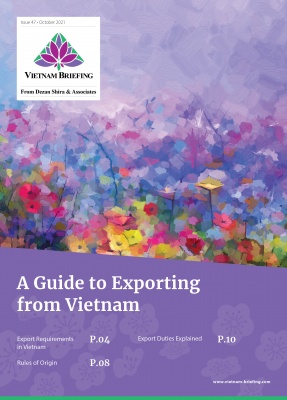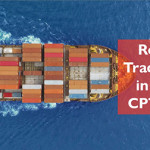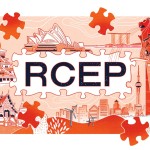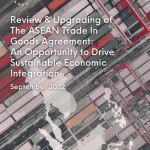Total number of posts 36.
 Published: October 2021
Published: October 2021
Viet Nam follows an export-led growth model, combining trade liberalization and investment incentives to spur export-oriented manufacturing. This has allowed Vietnam to accelerate growth, steadily, over the last decade, and become a leading low-cost sourcing destination.
External factors like US-China trade tensions, and the country’s initial handling of the pandemic, both contributed to recent foreign direct investment-led spikes in growth trends. Viet Nam’s exports to the US rose by 50 percent year-on-year in the first four months of 2021, making the US the largest importer of Vietnamese goods. Another appealing factor is Vietnam’s dense network of free trade agreements (FTAs), which makes it competitive to serve as an export hub. Key trade arrangements include the recently ratified European Union – Viet Nam Free Trade Agreement (EVFTA), the UK-Viet Nam Free Trade Agreement (UKVFTA), and the Comprehensive and Progressive Agreement for Trans-Pacific Partnership (CPTPP).
Foreign investors interested in export-oriented manufacturing and accessing global markets may consider a low-cost destination in Asia, such as Viet Nam, which is suitably a part of or located near major supply chains. As such, knowledge of Viet Nam’s trade environment and regulations that detail export procedures will be necessary to tap into incentives and optimize operations.
In this issue of Vietnam Briefing, we detail export procedures in Viet Nam, followed by rules of origin guidelines. We conclude with an introduction of duties, exemptions, and tax rates that traders need to be aware of.
This Guide is attached here.















